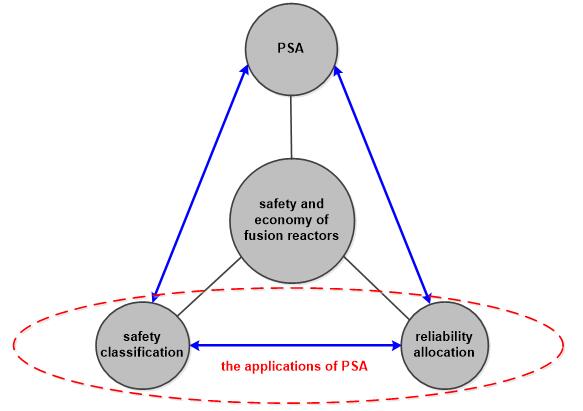
Recently, the researchers from Hefei Institute of Physics Science, Chinese Academy of Sciences, have proposed a multi-objective optimization approach for Probabilistic Safety Assessment (PSA), items safety classification, and reliability index allocation for fusion reactors.
The research results were published in Nuclear Materials and Energy and Annals of Nuclear Energy.
The PSA is one of the important means to evaluate the safety of fusion reactors, but currently only RAMI (reliability, availability, maintainability, and detectability) analysis has been performed on some relevant key systems, lacking overall PSA for fusion reactors.
To solve this problem, the researchers proposed a safety assessment method based on PSA and RAMI, took the International Thermonuclear Experimental Reactor (ITER) as the reference, and developed event tree model for the typical initiating event of the fusion reactors.
By applying this method, the team performed a preliminary evaluation of the Vacuum Vessel Pressure Suppression System (VVPSS) and the Large Early Release Frequency (LERF) caused by the in-vessel Loss of Coolant Accidents (LOCA) accident. This research represents a significant step towards a comprehensive PSA for fusion reactors, bridged the gaps between PSA and RAMI, and provided valuable insights for future safety assessments.
To overcome the current conservative approach to items safety classification, the researchers proposed a method that utilizes importance measures obtained from PSA to reclassify the safety classes of items. This approach offers a more detailed items safety classification, and contributes to improved safety and economy of fusion reactors.
In response to the problem of lack of overall consideration for reliability allocation for fusion reactors, the researchers proposed a reliability index allocation method based on PSA, which allocates reliability indicators from the overall layers to systems layers, and to the components. The proposed method systematically considered the reliability allocation, and provided a reference for improving the safety and economy of fusion reactors.
"The proposed multi-objective optimization framework among PSA, items safety classification, and reliability allocation will help to find the optimal balance between PSA and its applications," said SUN Ming, member of the team, "and offer reference solutions for further enhancing the safety and economy of fusion reactors."

Fig.1 Event tree model for the in-vessel LOCA accident (Image by SUN Ming)

Fig.2 Framework of multi-objective optimization for PSA and its applications of fusion reactors (Image by SUN Ming)